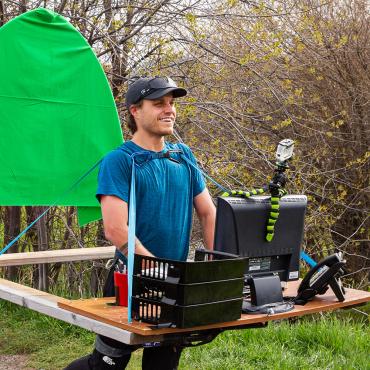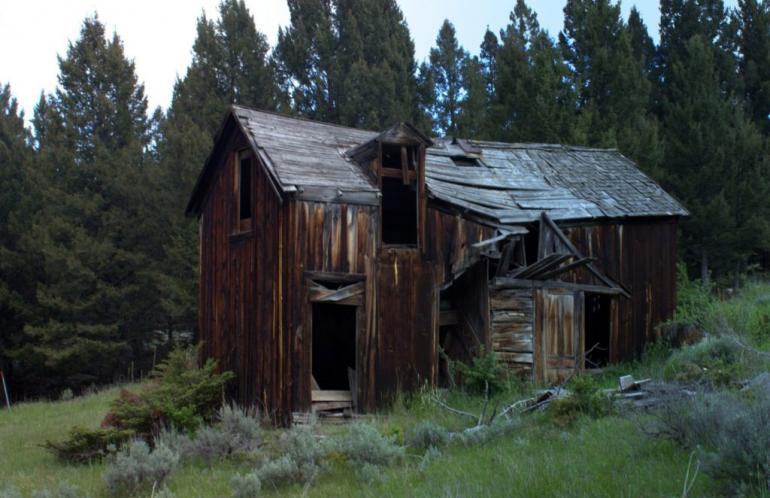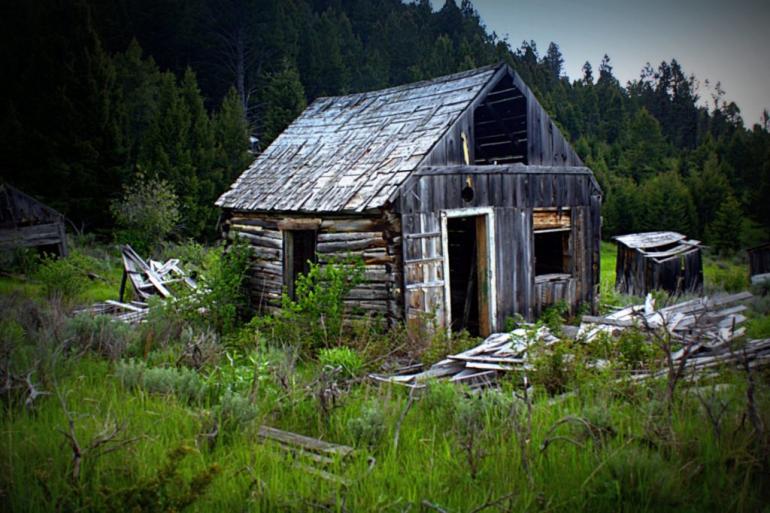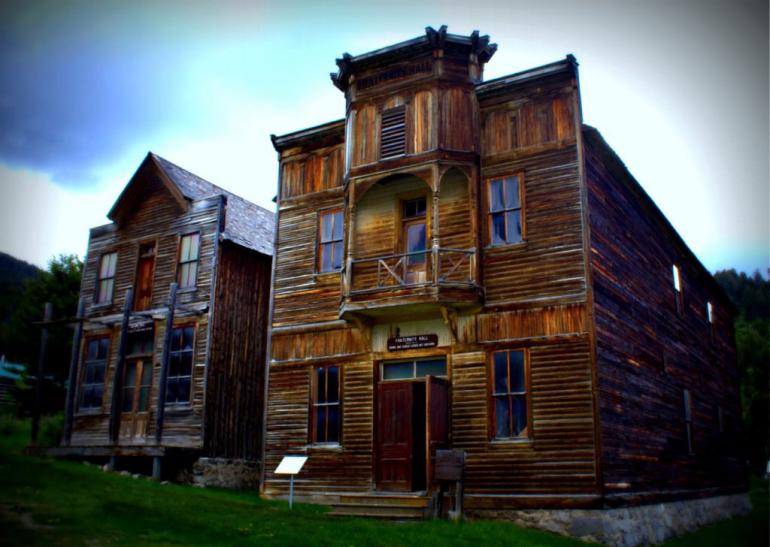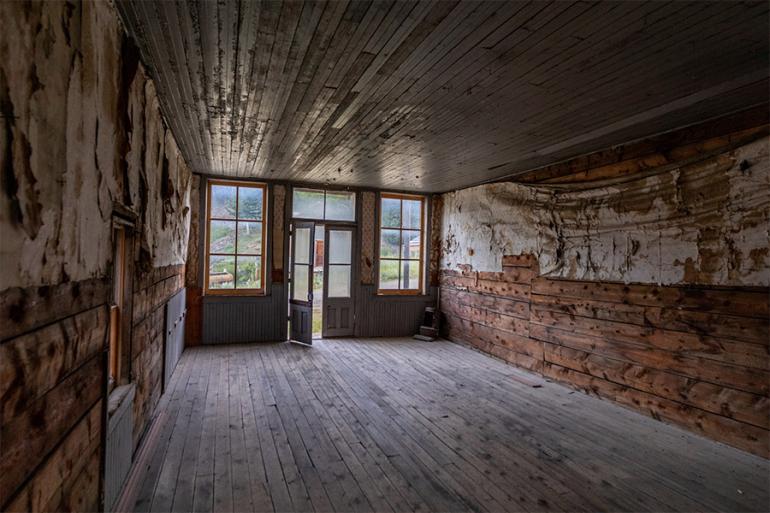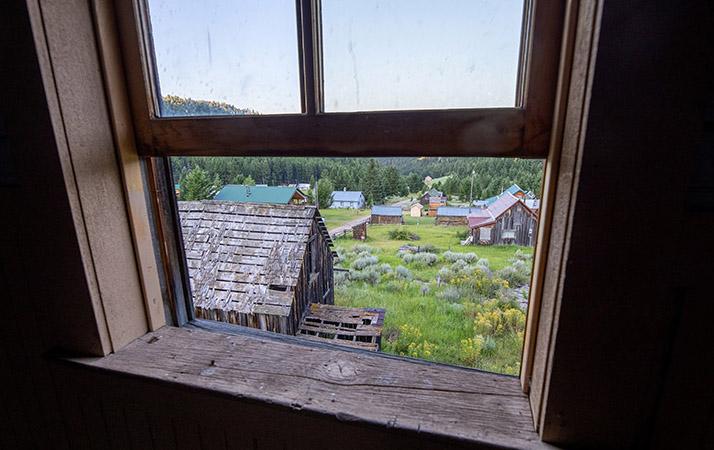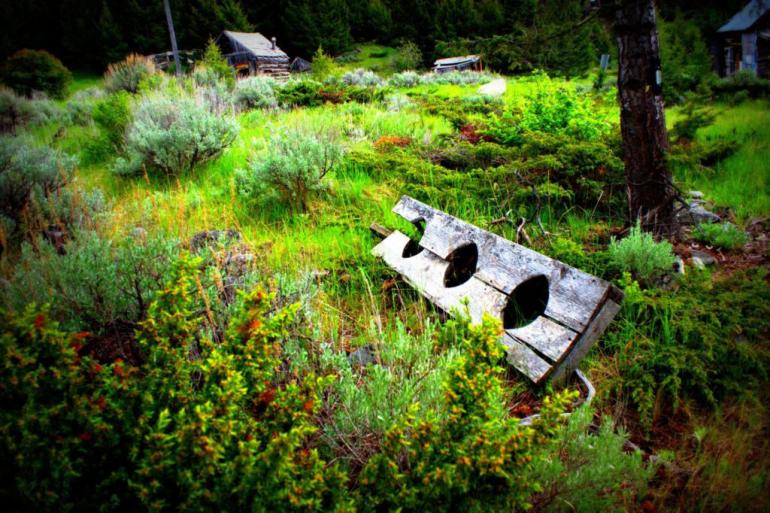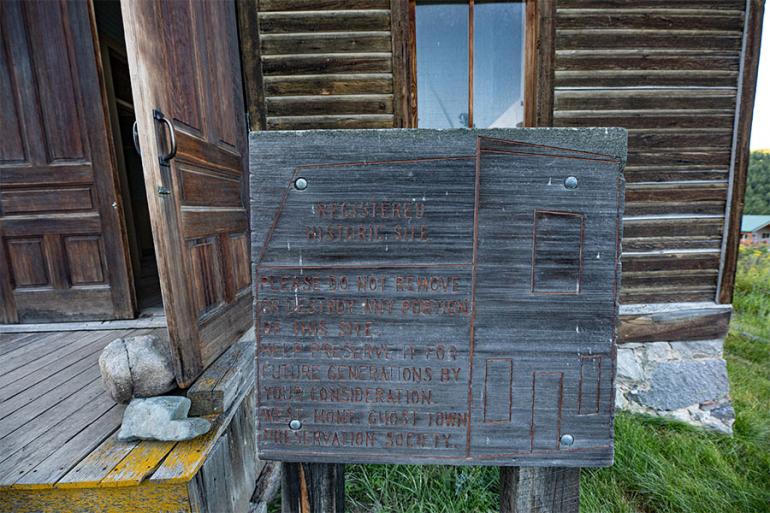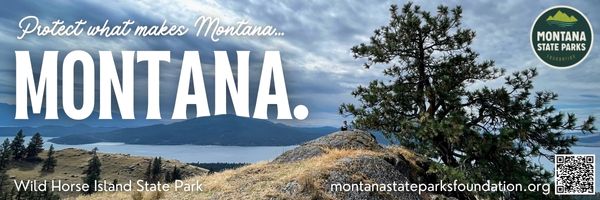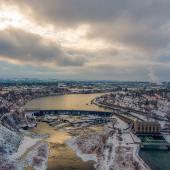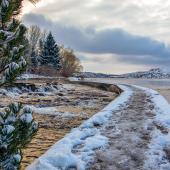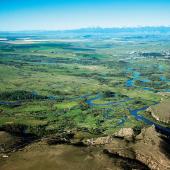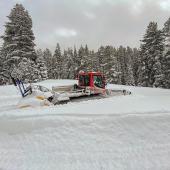When the Last Horn Sounds
Confronting Montana's mining history at Elkhorn Ghost Town State Park.
It’s morning in Elkhorn, and the town is alive. Boots shuffle down Main Street as miners haul gear, mingling between mouthfuls of coffee and biscuits. The smell of pine and draft horses drifts through the air. Inside the mercantile, a bell jingles as a woman trades silver coins for conveniences. Children chase each other past the post office, running through the dust kicked up by wagon wheels. Over the hill, a deep rumble shakes the ground as another blast of dynamite goes off from the Elkhorn Mine, where men labor inside a labyrinth of tunnels in an attempt to uncover the mountain’s veins of silver.
Fall might be the best time to visit Elkhorn State Park—when the mountains blaze gold with aspen and larch, the air turns crisp, and the quiet gets even louder.
When you stand amidst the quiet remains of Elkhorn State Park, it can be difficult to imagine its pinnacle—when the streets hummed with laughter, hammer strikes, horses' whinnies, and the sounds of wagons drawing down Main Street. But if you try for a moment, you’ll find they all hang in the thin mountain air like ghosts—gone, though still not totally forgotten.
Today, Fraternity Hall and its neighboring building, Gillian Hall, stand as the centerpieces of Elkhorn State Park—which at just under an acre, is Montana’s smallest state park. And while their false fronts and carved balconies have weathered more than a century of wind, rain, and snow, they remain as two of the best-preserved frontier buildings in the West. Interpretive signs line a short walking path through the site, and just up the hill, the Elkhorn Cemetery details the macabre side of life during Montana’s early days. The park is open year-round, though the 11-mile road from Boulder can be rugged or snowed-in during winter—four-wheel drive or snowshoes are often your ticket in. There are no facilities here, no staff or services—just open air and the slow progress of time. Pack it in, pack it out, and take it slow.
Fall might be the best time to visit. The Elkhorn Mountains blaze gold with aspen and larch, the air turns crisp, and the quiet gets even louder. Trails and forest roads in the surrounding Helena–Lewis & Clark National Forest climb toward ridgelines where you can stop, rest, and look back over the valley that once bustled with life. On your way, be sure to stop into the neighboring town of Boulder to stock up on supplies, grab a quick bite, or a visit to the local museum before making the climb.
While their false fronts and carved balconies have weathered more than a century of wind, rain, and snow, Gillian & Fraternity Hall remain as two of the best-preserved frontier buildings in the West.
Surprisingly, a handful of folks still call Elkhorn home—some of whom are descendants of the very miners who stayed behind even after the bulk of the town’s residents moved on. Their houses are built upon the very ground where general stores once stood and the outlines of Main Street wither beneath the sage and snow. In that way, Elkhorn never truly died; it just learned to embrace its silent, slow breath.
So, when you visit, tread lightly. Let the ghosts guide you down the old roads and through the social halls where their faint, but not forgotten, memories reside. The riches are long gone, but the story remains—etched in the mountainside.
This state-park highlight is brought to you by the Montana State Parks Foundation — “Preserving and enhancing Montana's State Parks for today and tomorrow’s State Parks for today and tomorrow."

